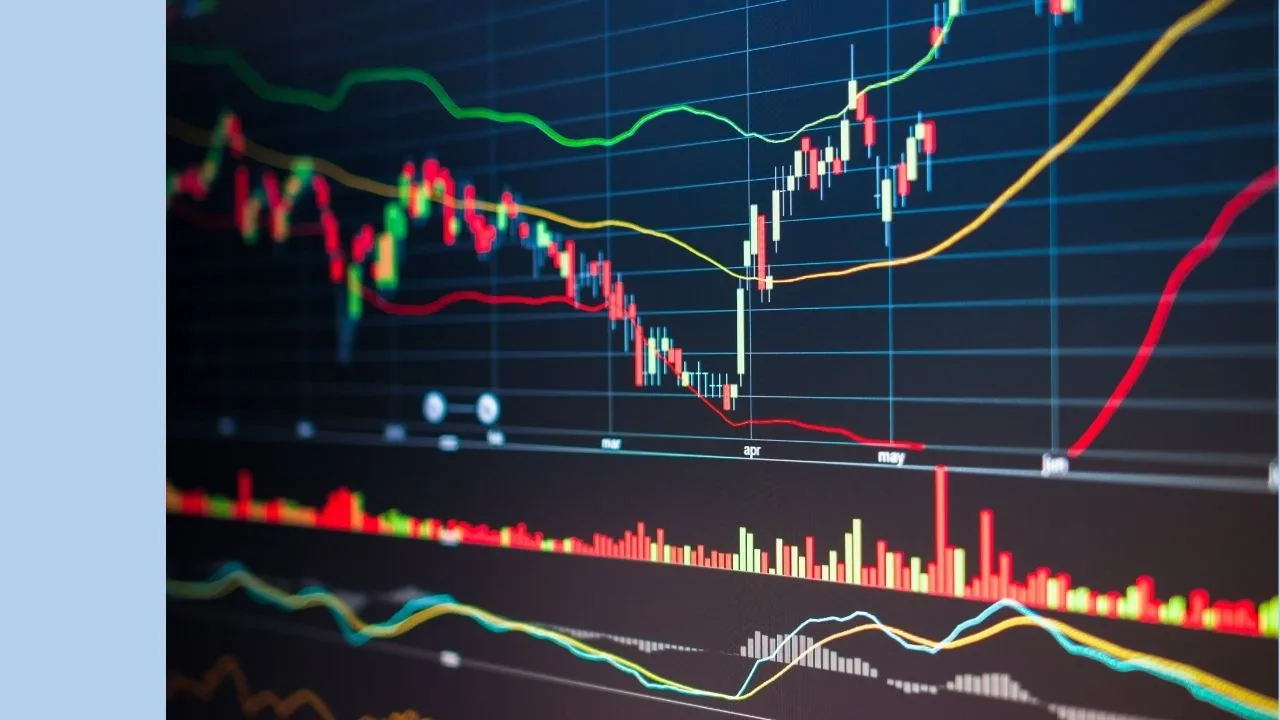BHP share price in focus
BHP Group, formerly known as BHP Billiton, is a diversified natural resources company founded in 1885. It produces a wide range of commodities used in energy production and manufacturing, and is expanding into fertilisers.
BHP’s primary business revolves around mineral exploration and production, with its assets and operations divided into three key focus areas: copper and related minerals (such as gold, uranium, silver, and zinc), iron ore, and coal (both metallurgical and energy).
BHP is widely regarded as a stable, dividend-paying investment and is a common component of ASX share portfolios. If you invest in a popular ETF, LIC, or through an Industry Super fund, chances are you already have some exposure to BHP shares.
The key metrics
For investors, BHP’s revenue, gross margin, and profit can provide value insights into the company’s performance.
BHP last reported an annual revenue of $56,027m with a compound annual growth rate (CAGR) over the last 3 years of -0.7% per year. While the absolute number is useful to know, the key point is the trend. We want to see a consistent, upward trajectory in revenue.
Gross margin measures profitability before taking into account overhead costs – it reflects the strength of the company’s core business operations. BHP’s latest reported gross margin stood at 82.3%.
Finally, the number we’re most interested in – profit. Last financial year BHP Group Ltd reported a profit of $7,897m. Three years ago when they made a profit of $11,304m, representing a CAGR of -11.3%.
Financial health of BHP shares
Profitability is important, but equally important is the capital health of the company. We want to know about the company’s leverage, their capacity to pay debts, and their ability to generate a return on assets. One measure we can look at is net debt. This is simply the total debt minus the company’s cash holdings.
BHP Group Ltd’s current net debt currently sits at $9,467m. Higher debt levels can increase sensitivity to interest rate changes and economic cycles.
Another figure we can look at is the debt/equity percentage. This tells us how much debt the company has relative to shareholder equity – this is also known as leverage. BHP has more equity than debt, with a debt/equity ratio of 45.3%.
Finally, we can look at the return on equity (ROE). The ROE tells us how efficiently the company is turning shareholder equity into profit – high numbers indicate the company is generating a lot of value for investors, while a low number raises concerns that capital isn’t necessarily being allocated efficiently. BHP generated an ROE of 19.7% in FY24.
What to make of BHP shares?
The high return on equity might suggest that BHP is a company worth watching, but I’d be wary of the negative trend in profit and revenue.
Please keep in mind this should only be the beginning of your research. It’s important to get a good grasp of the company’s financials and compare it to its peers. It’s also important to make sure the company is priced fairly. To learn more about share price valuation, you can sign up for one of our many free online investing courses.








